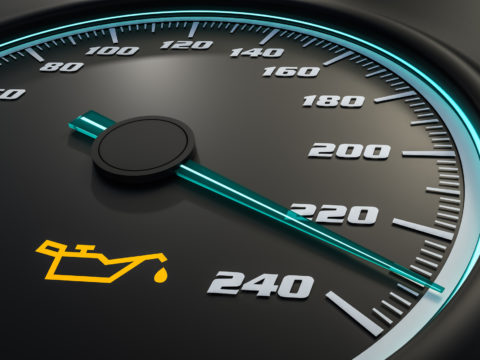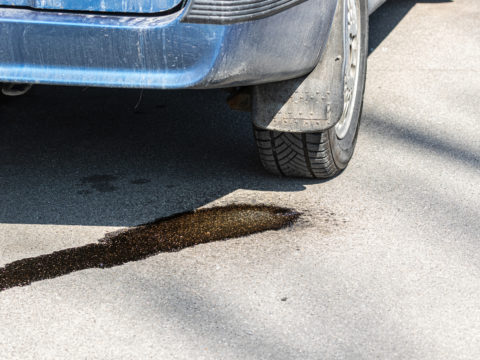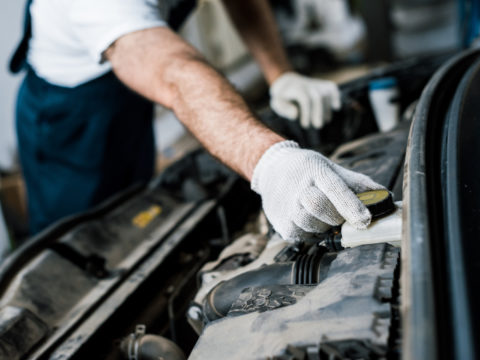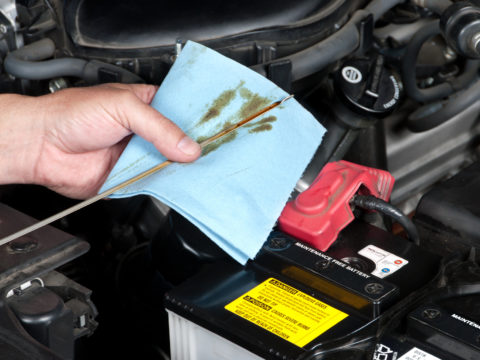Need to add oil to your car’s engine? Wonder what the ideal temperature is? The best time to add oil is after the engine’s been warmed up for a few minutes. You can safely add oil to a hot engine as long as you don’t spill it. Here are the full details.
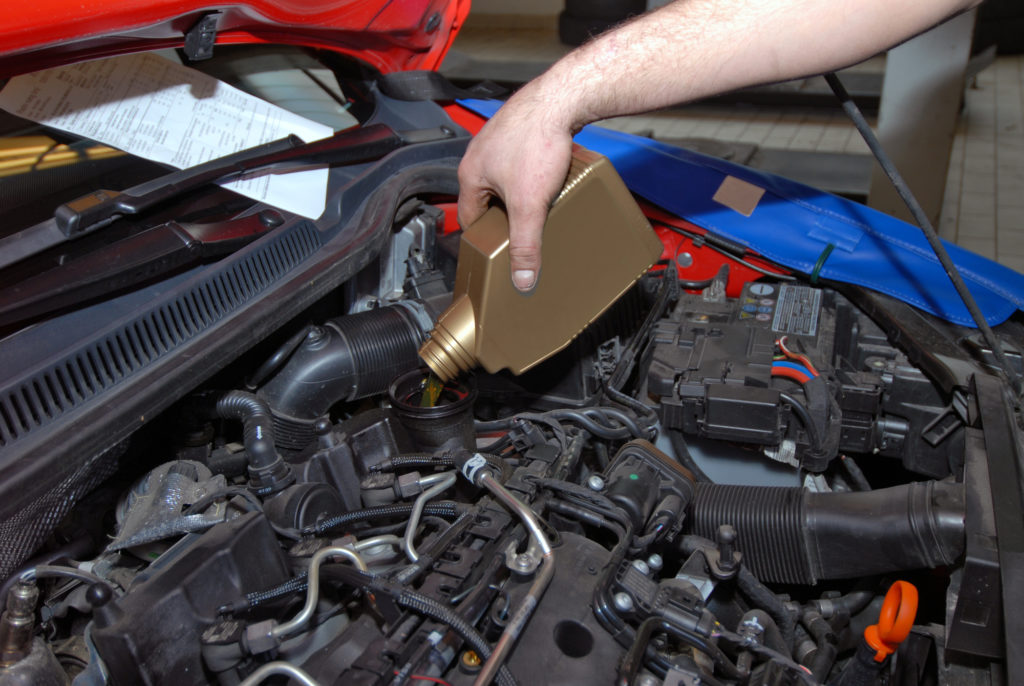
Contents
Can You Add Cold Oil to a Hot Engine?
Although it’s a common belief that you’ll damage a car’s engine if you add cold oil to it while it’s hot, the truth is you won’t. The reason why many believe cold oil will cause damage is that engines are typically made of metal. And metal is malleable when it comes into contact with extreme temperatures or solutions that produce wide temperature shifts.
However, the metal that a car engine’s made of won’t crack if you pour cold oil into it while it’s hot. The real danger lies in the possibility of spilling or splashing oil onto the top of a hot engine. If the engine is too warm, those spills and splashes of cold oil could result in a lot of smoke or even a fire.
What Happens If You Put Oil in a Hot Engine?
Nothing out of the ordinary should happen when you put oil in a hot engine, as long as you don’t spill it. In fact, technicians at a repair or oil change shop will probably warm up your car’s engine for a few minutes before they put new oil in.
Cold oil actually takes a long time to absorb the heat from the engine, and it’s ideal to add oil to a warm engine. That said, it’s also okay to add oil to a cooler or cold engine. The most important thing to pay attention to is the amount of oil. You don’t want to put too much in or go over the recommended maximum level.
This is where the temperature does matter, as you don’t want to check the oil’s level on the dipstick if the engine is hot. Wait between five and 10 minutes, depending on how hot the engine is or how long it’s been running.
Can You Add Oil If the Engine Is Running?
Most amateurs and experts agree that this is not a good idea. You could potentially expose yourself and others to hazards if you try to add oil while the engine is running. Even if you don’t end up causing damage to the car itself, adding oil while the engine is running could produce a large amount of smoke and an unpleasant odor.
At the very least, you’ll create quite the display that could solicit concern from neighbors and those walking by your house or residence. A high amount of smoke could also aggravate your lungs and respiratory system.
How to Top Up Engine Oil Correctly
If you need to top up your engine’s oil level because it’s a little low, here’s how to do it properly.
What You Need to Have
To top up engine oil, you need to have a bottle of oil recommended by your car’s manufacturer. For instance, some call for a 100% synthetic, regular, or synthetic blend. In addition, different ratings indicate what temperatures the oil can withstand.
You’ll also need a clean cloth to wipe off the dipstick, a funnel to pour the oil through, and a pair of gloves if you want to protect your hands and skin.
Step 1
Make sure your car is parked on a flat or even surface. Avoid driveways and streets with a slope. Turn the vehicle off and give the engine up to 10 minutes to cool down.
Step 2
Release the hood of your car with the lever that’s on the inside of the vehicle. Then, feel under the hood for the safety latch and release the safety latch. Finally, secure the hood with the metal rod.
Step 3
Take out the dipstick located near the oil cap. To determine your oil level, wipe the dipstick clean with the cloth before placing it back in. When you pull the dipstick back out, you should see where the oil falls between the minimum and maximum lines. Keep in mind that some dipsticks have markings of low and high instead.
Step 4
Unscrew the oil cap and put it in a safe place. Place the funnel securely over the opening. Start slowly pouring oil in the funnel, being careful to only add the amount you need.
Step 5
Remove the funnel and wipe down any oil that’s gotten on the sides of the opening. Place the cap back on and tightly secure it.
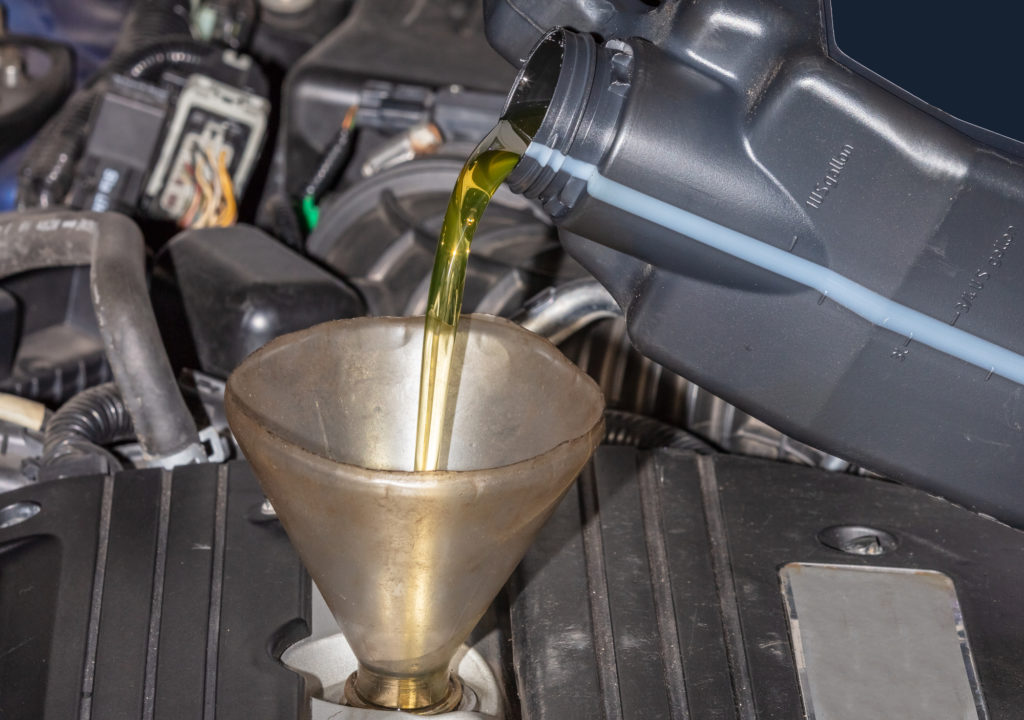
How Long to Let the Engine Cool Before Adding Oil?
To be safe, let the engine cool for at least five minutes. Wait up to 10 if you’ve been driving for a while.
The Appropriate Temperature for an Oil Change
According to NAPA, the best temperature for an oil change is 100 degrees.
Oil FAQs
Here are answers to some of the most frequently asked questions about engine oil.
Can you drive right after an oil change?
Yes, you can drive minutes after an oil change as long as all parts are secure.
How often should you check your oil?
This will depend on the oil type and the vehicle manufacturer’s recommendations, but typically every 3,000 to 6,000 miles. Under extreme weather or driving conditions, you may want to check it sooner for signs of contamination or degradation.
How long should an oil change take?
Without complications, an oil change can take up to 30 minutes.
Do you check the oil with the car running?
No, you should not do this for safety reasons.
How long should you let the oil sit in your car?
You should check every three to six months, depending on the type of oil and the manufacturer’s recommendations.
Does the car need to be level for an oil change?
Yes, it does.
Can you open the oil cap when the engine is running?
It’s not recommended.

